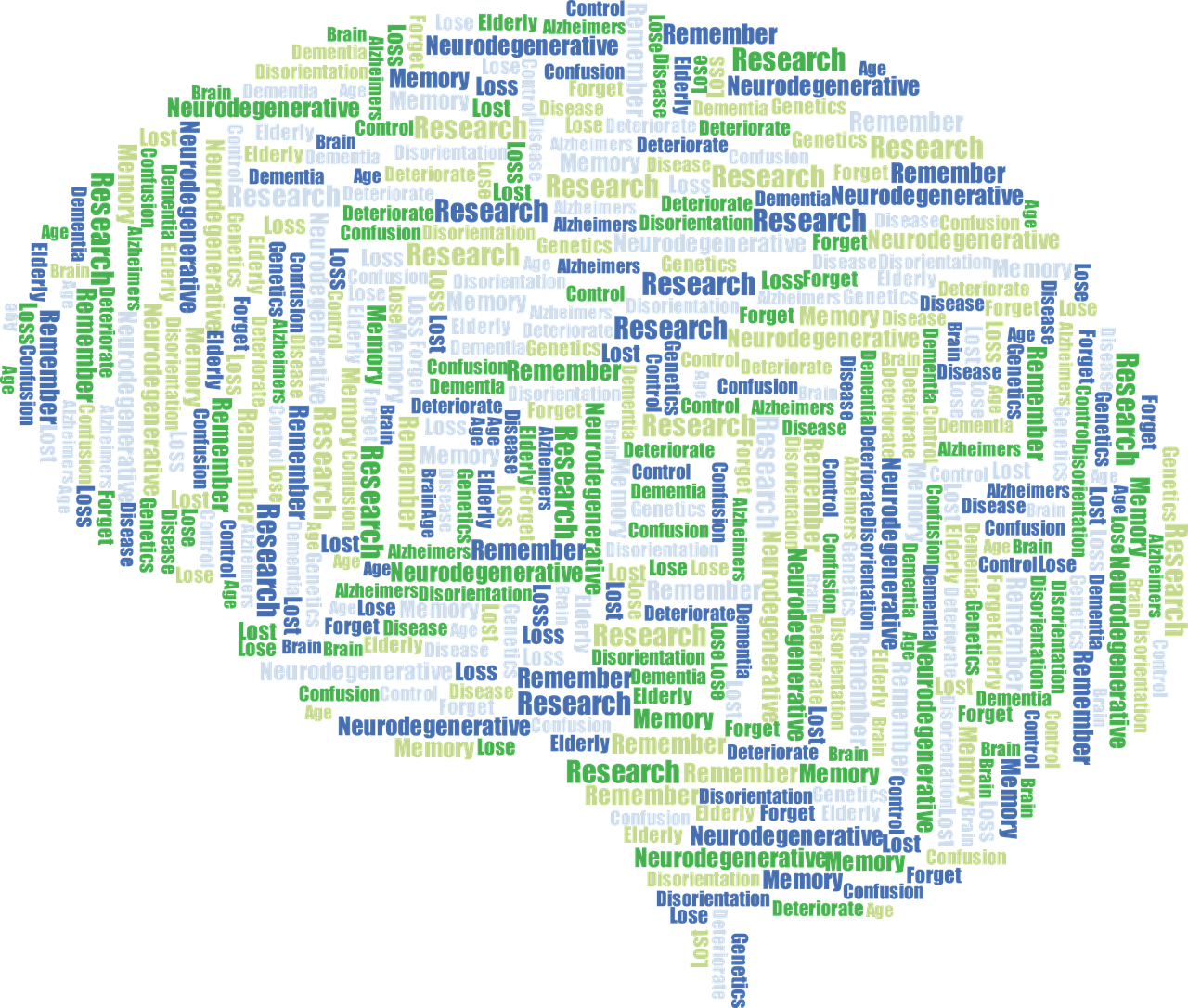
Research is investing enormous efforts to find effective therapies for neurological diseases. Now a team of researchers at the Medical University of Vienna has developed an ultrasound therapy for brain stimulation that could lead to a breakthrough.
Neurological diseases such as Parkinson’s disease, Alzheimer’s dementia and multiple sclerosis lead to a progressive loss of nerve cells in the brain. Those affected suffer from memory gaps, speech disorders, mood swings, reduced mobility and the muscle tremor typical of Parkinson’s disease. Non-invasive therapy options for brain stimulation would be ideal. Although these are available, they still fall short of expectations. One example of a common non-invasive therapy is electro-magnetic-based Transcranial Magnetic Stimulation (TMS), in which the nerve cells in the brain are activated or even inhibited via magnetic fields. A targeted and deep brain stimulation is not possible with this method.
Ultrasound Therapy
Ultrasound therapies are considered a promising alternative. The center of research into new ultrasound methods for brain stimulation is the U.S., where the technology is collectively known as Focused Ultrasound (FUS).
This time, however, it was an inter-university cluster at the Medical University of Vienna that reported the first successes of treatment in the laboratory after six years of research. The team presented the world’s first ultrasound therapy that makes it possible to non-invasively activate nerve cells in the brain. The so-called Transcranial Pulse Stimulation with Ultrasound (TPS) is based on an ultrasound pulse that is applied directly to the skull bone and can specifically target and activate all brain areas. The method is painless and can be performed while fully conscious.
Navigation system
Highest precision is especially important because these brain areas can have different locations in each patient. For this reason, a map of the patient’s brain is created using magnetic resonance prior to treatment. Thanks to a navigation system, the neurologist can follow on the screen exactly where the pulse must be applied and thus control it precisely.
As project leader Professor Roland Beisteiner explains, the development of this pulse method with navigation capability was the greatest challenge.
Pilot results
In laboratory experiments the test persons showed ongoing improvements in memory performance. Some also reported a significant improvement in mood. It became easier for them to be physically active and to actively participate in conversations. If these pilot results are confirmed, neuroscientists expect a breakthrough in treatment options for brain diseases.
It is hoped that transcranial pulse stimulation will in future at least partially be able to replace invasive procedures. A common invasive procedure is surgery in which stimulation electrodes are inserted into deep brain areas.
The question, however, whether transcranial pulse stimulation could also replace other established forms of therapy such as drugs and physiotherapy or occupational therapy, is refuted by the researcher: “This is an supplemental therapy, i.e., it can be used in addition and in parallel to all established forms of therapy. The patient could continue their current therapies and receive an additional chance for improvement.
In an interview, Professor Roland Beisteiner talks about the potential of this new technology:

TPS is the world’s first ultrasound therapy that makes it possible to non-invasively activate nerve cells in the brain. What stage of research did you start from?
For many years, there have been experiments using electrophysiological methods to carry out therapeutic brain activation. Examples are transcranial magnetic stimulation and transcranial direct current stimulation. (Note: The former is based on magnetic fields and the latter on electrodes.)
The special feature of ultrasound procedures is that for the first time
– Nerve cells can also be specifically activated in the depth of the brain
– Targeting is much more reliable in diseased brains.
Pathological brain changes alter the conductivity in the brain, which can lead to difficulties in targeting the desired brain regions with electrophysiological methods.
What is the innovation in the Transcranial Pulse Stimulation you have developed?
What is special about TPS is the use of a new method with ultra-short pulses. This improves the ability to target and does not involve any risk of brain warming. Furthermore, TPS is the only method worldwide with clinical approval for brain stimulation.
Our work relates exclusively to brain stimulation.
And how can we imagine the course of therapies with transcranial pulse stimulation? How sustainable are the results?
This is the subject of further scientific studies. In our pilot study, we conducted six treatments of about one hour’s duration within two weeks. We achieved memory improvements of up to three months duration.
On the accessibility of the therapy: Would the therapy be easily accessible to many people?
Currently, only inclusion in studies is possible.
Note: For further scientific studies to evaluate the results, we are still looking for test persons with a diagnosis of Alzheimer’s or Parkinson’s disease who do not otherwise have brain diseases.
Thank you for the interview.
Note: Professor Beisteiner attributes the success of the research largely to multidisciplinary expertise. As a specialist in neurology and psychiatry he worked in an inter-university cluster with Tecumseh Fitch, head of the Institute of Cognitive Biology at the Medical University of Vienna. Ernst Marlinghaus, head of research at Storz Medical and Henning Lohse-Busch, specialist in physical and rehabilitative medicine, were responsible for the technical development.
Original publication:
Advanced Science “Transcranial Pulse Stimulation with Ultrasound in Alzheimer’s Disease – A New Navigated Focal Brain Therapy.” Roland Beisteiner, Eva Matt, Christina Fan, Heike Baldysiak, Marleen Schönfeld, Tabea Philippi-Novak, Ahmad Amini, Tuna Aslan, Raphael Reinecke, Johann Lehrner, Alexandra Weber, Ulrike Reime, Cédric Goldenstedt, Ernst Marlinghaus, Mark Hallett, Henning Lohse-Busch. DOI: 10,1002/advs.201902583.
Also of interest:
An automated reminder for people with dementia
New therapies against atherosclerosis and Alzheimer’s dementia possible
Alzheimer research: Why do some cells die while others do not?







